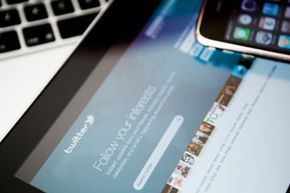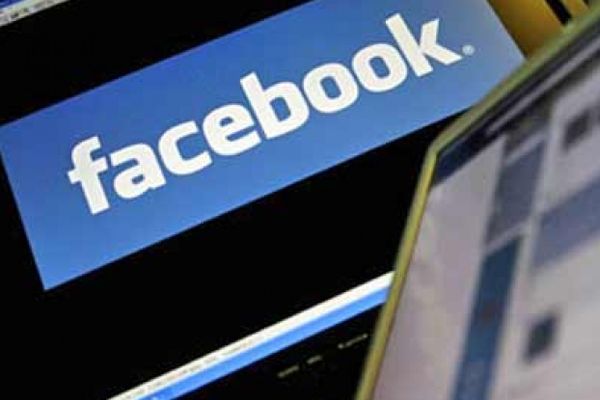When birds sing, they use a distinctive voice to announce, "Here I am!" When you tweet on Twitter, do you make your message as individual as possible? Part of that individuality can come from a Twitter background that's uniquely you.
We all know the generic, robin's-egg blue Twitter background. About a quarter of Twitter users never make any change to this unremarkable default scheme [source: Garhamis]. These users are making statements about themselves without intending to. To those who view their Twitter pages, they're saying, "Not much original here. I don't care about presenting a dynamic, personal image for myself or my brand."
Advertisement
Changing your Twitter background is easy. Open "settings" in your account menu and click on "design." Twitter gives you two options for customizing your background. First, you can change the image. Choose from the nine themes offered or upload your own picture. Any image from your computer will work, as long as it's smaller than 800 kilobytes and saved in GIF, JPG, or PNG format.
The other simple Twitter tool for background design is "change design colors." You can choose colors for the background, for the sidebar and for the text and links. You have your choice of any color in the rainbow, but you should pick out colors that go together and complement each other.
Once you've souped-up your background with an image and colors, just click "save changes" and you're in business. The advantage of changing your background using Twitter's existing options is that it's easy and takes at most a few minutes. The drawback is that it's just what many other users do. If you choose a Twitter theme, your background is only slightly more distinctive than if you stuck with the original generic one. You haven't added anything that makes the background shout out about you.
On the next page, we'll cover the ground rules you should keep in mind when creating a Twitter background.
Advertisement


